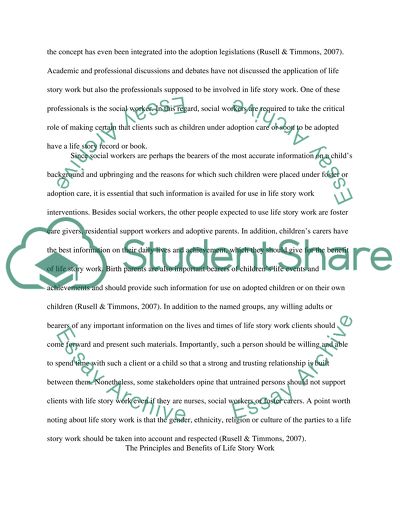Cite this document
(“Using Life Story Work to Enhance Care Essay Example | Topics and Well Written Essays - 2000 words”, n.d.)
Using Life Story Work to Enhance Care Essay Example | Topics and Well Written Essays - 2000 words. Retrieved from https://studentshare.org/nursing/1481001-using-life-story-work-to-enhance-care
Using Life Story Work to Enhance Care Essay Example | Topics and Well Written Essays - 2000 words. Retrieved from https://studentshare.org/nursing/1481001-using-life-story-work-to-enhance-care
(Using Life Story Work to Enhance Care Essay Example | Topics and Well Written Essays - 2000 Words)
Using Life Story Work to Enhance Care Essay Example | Topics and Well Written Essays - 2000 Words. https://studentshare.org/nursing/1481001-using-life-story-work-to-enhance-care.
Using Life Story Work to Enhance Care Essay Example | Topics and Well Written Essays - 2000 Words. https://studentshare.org/nursing/1481001-using-life-story-work-to-enhance-care.
“Using Life Story Work to Enhance Care Essay Example | Topics and Well Written Essays - 2000 Words”, n.d. https://studentshare.org/nursing/1481001-using-life-story-work-to-enhance-care.


